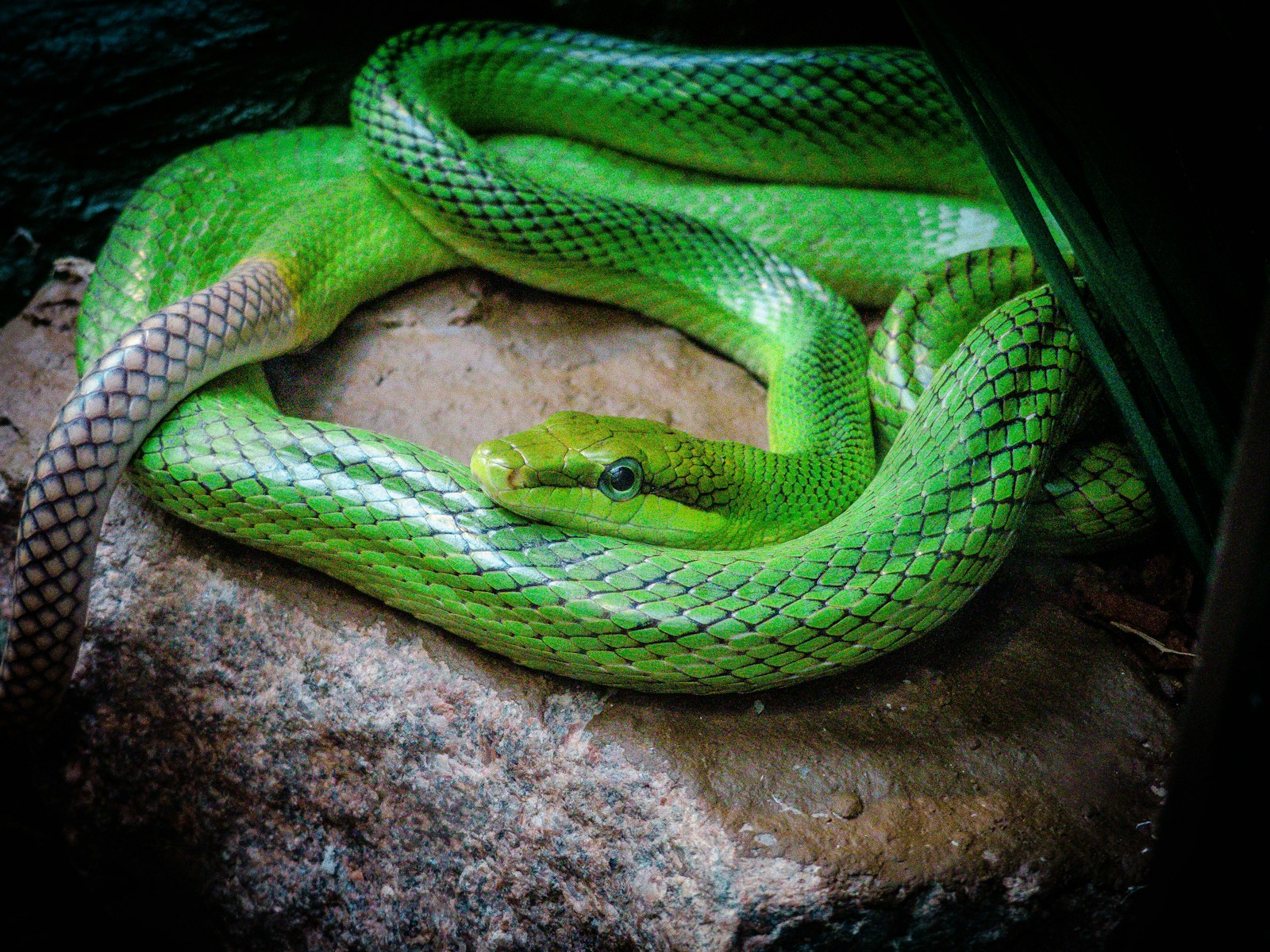Proper hydration is a cornerstone of snake health, yet it remains one of the most overlooked aspects of reptile care. Unlike mammals that might show obvious signs of thirst, snakes often display subtle indicators of dehydration that can easily be missed by even experienced keepers. Understanding your snake’s hydration needs is essential for preventing serious health complications that can develop quickly in these unique animals. This comprehensive guide will help you recognize the signs of both proper hydration and dehydration in your serpentine companion, while providing practical solutions to ensure your snake remains healthily hydrated throughout its life.
Why Proper Hydration Is Critical for Snakes
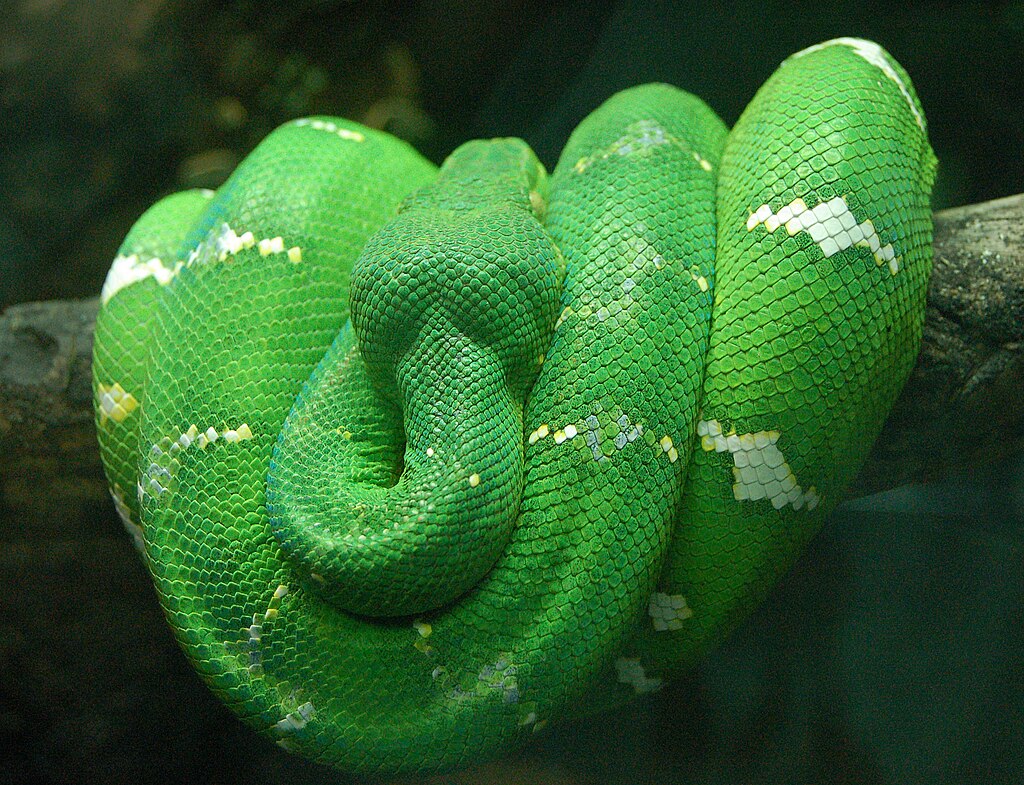
Snakes require adequate hydration for numerous physiological functions that extend far beyond basic survival. Water plays a crucial role in digestion, helping snakes break down and process their meals efficiently. It’s essential for proper kidney function, which prevents the buildup of toxic waste products in the snake’s system. Additionally, hydration directly impacts a snake’s ability to shed its skin properly—a dehydrated snake often experiences incomplete or “stuck” sheds that can lead to serious complications if not addressed. Perhaps most importantly, proper water balance maintains healthy cellular function throughout the snake’s body, affecting everything from organ health to immune system response.
Understanding Your Snake’s Natural Hydration Needs
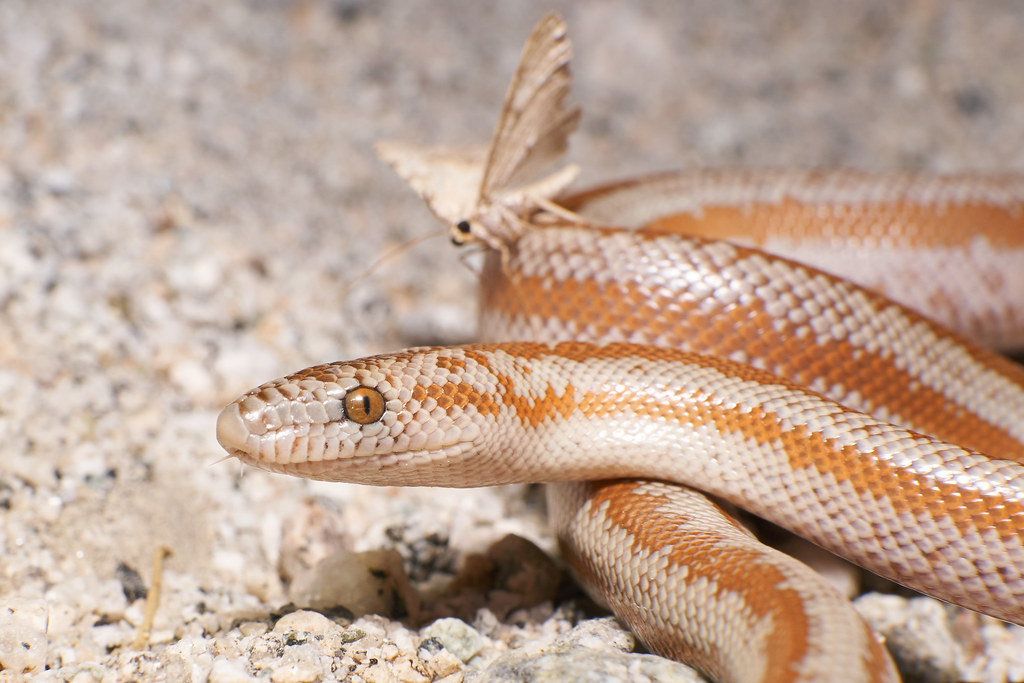
Different snake species have evolved under vastly different environmental conditions, resulting in varied hydration requirements. Desert species like sand boas and some rattlesnakes have adapted to conserve water efficiently and may drink less frequently than tropical species such as rainbow boas or water pythons, which naturally inhabit humid environments with abundant water sources. Semi-aquatic species like water snakes have particularly high moisture requirements and may even absorb water through their skin. Understanding your specific snake’s natural habitat provides valuable insight into its hydration needs—tropical species generally require higher humidity levels (60-80%) and more frequent access to water than desert dwellers (which may thrive in 30-50% humidity environments). Research your particular species’ natural environment to establish appropriate baseline hydration parameters.
Healthy Hydration Indicators in Snakes
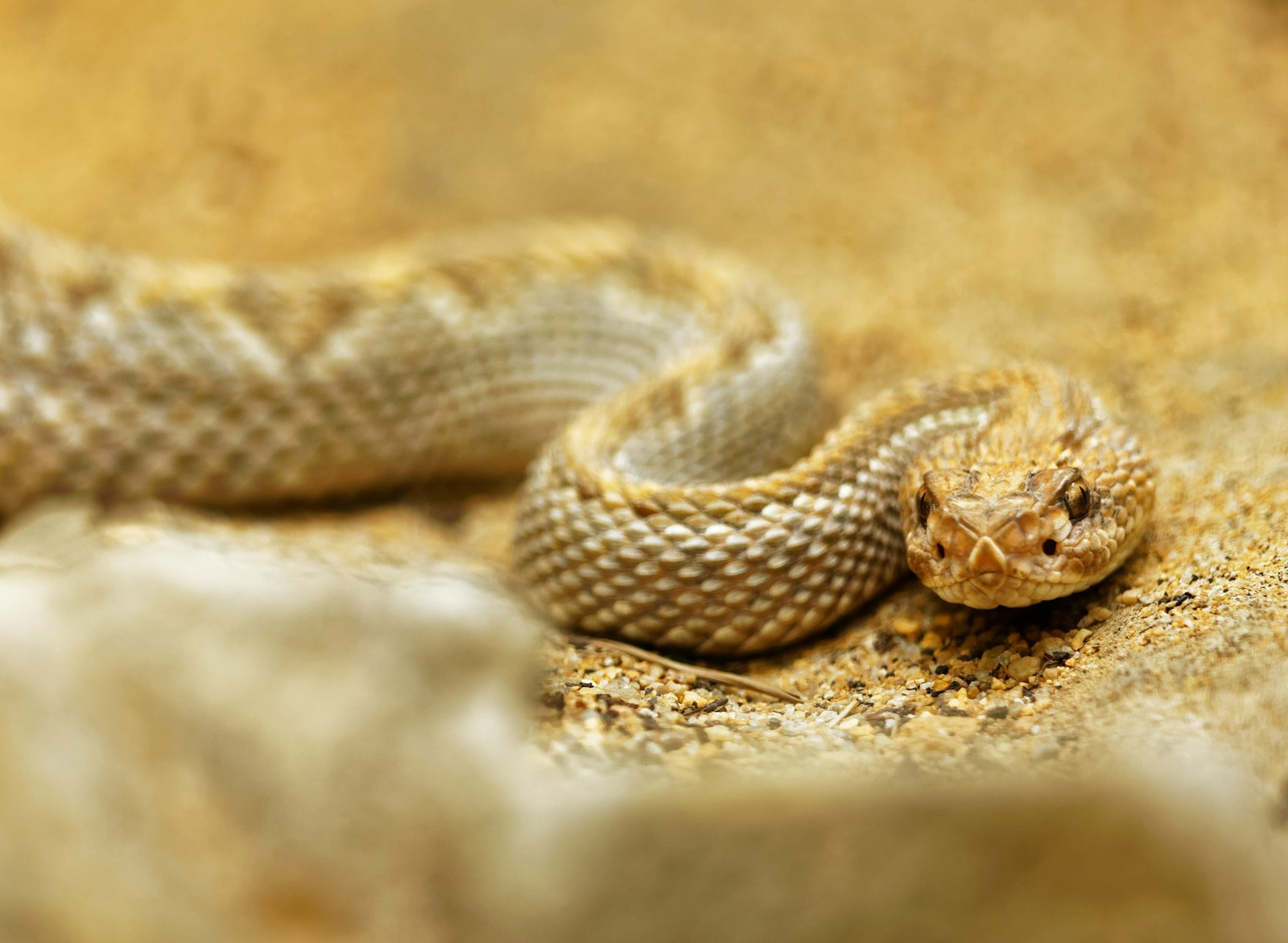
A well-hydrated snake displays several observable characteristics that indicate proper moisture balance. The skin should appear smooth and somewhat glossy, with scales that lie flat against the body without gaps or wrinkles between them. When gently pinched, the skin of a hydrated snake quickly returns to its normal position rather than remaining “tented” or folded. Clear, bright eyes without sunken appearance suggest good hydration levels, while normal, consistent muscle tone throughout the body indicates proper cellular hydration. A well-hydrated snake also typically exhibits regular activity levels appropriate for its species and demonstrates normal feeding responses and digestion patterns. These positive indicators collectively paint a picture of a snake maintaining proper water balance.
Early Signs of Dehydration in Snakes
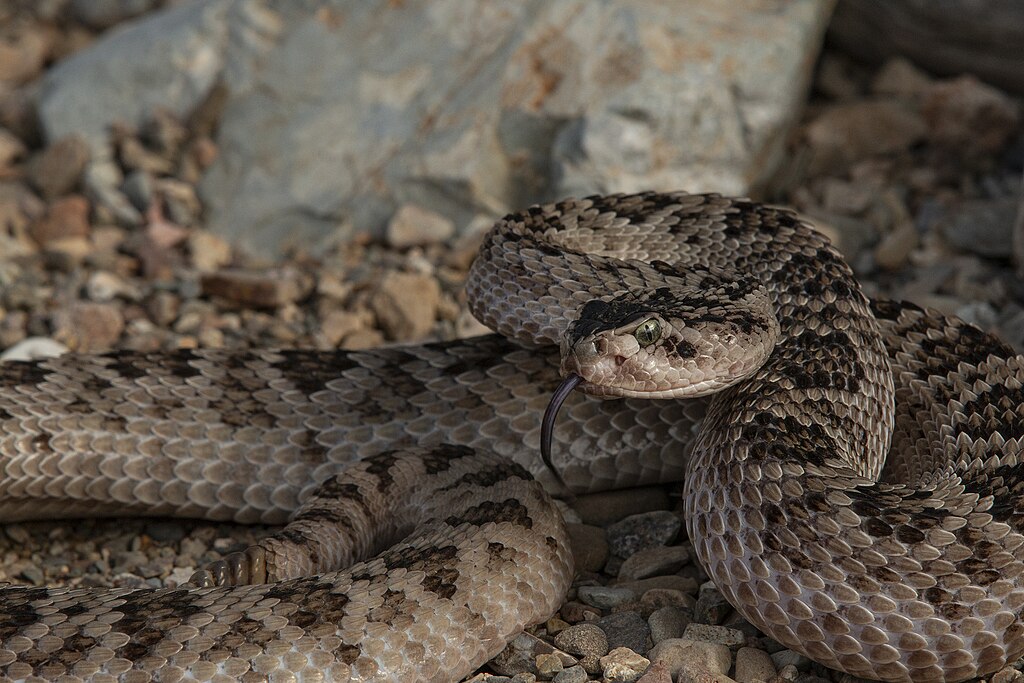
Catching dehydration early gives you the best chance of preventing serious health complications in your snake. The earliest signs often include subtle changes that attentive owners might notice during routine observation. Your snake may begin spending more time near water sources or soaking more frequently than usual. The skin might lose some of its natural luster, appearing slightly dull or dry, particularly noticeable along the back. Some snakes demonstrate increased restlessness as they search for water, while others may become unusually lethargic. You might also notice slight changes in defecation patterns, with waste appearing drier or smaller than normal. Being attentive to these early warning signs allows for prompt intervention before dehydration progresses.
Advanced Dehydration Symptoms That Require Immediate Attention
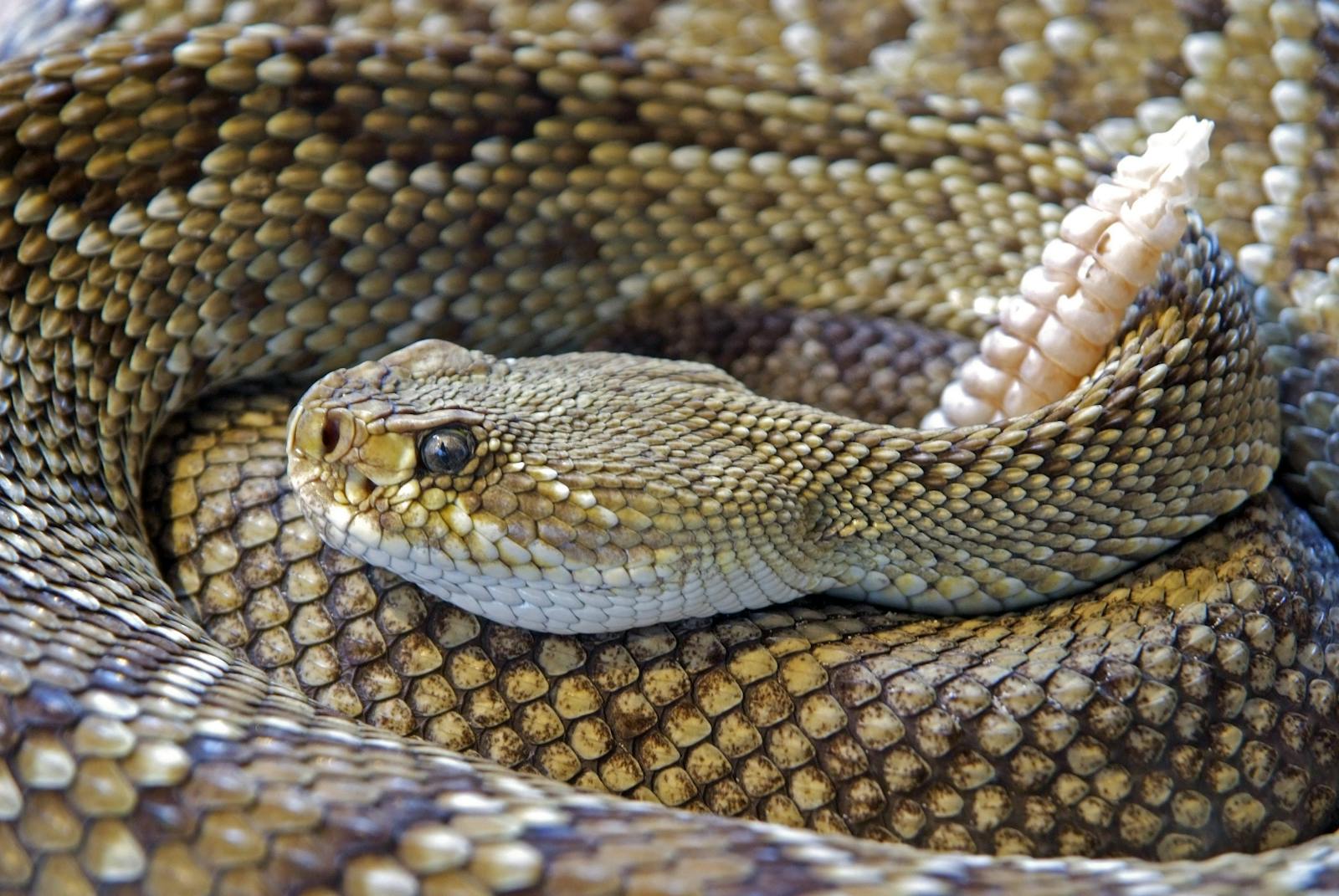
As dehydration progresses, snakes develop more serious and obvious symptoms that indicate a potentially life-threatening condition requiring urgent veterinary care. Severely sunken eyes, which appear recessed deeper into the head than normal, signal significant fluid loss. The skin loses elasticity, creating a wrinkled appearance with visible gaps between scales—when pinched, it remains “tented” rather than quickly returning to normal position. Mucous membranes in the mouth may appear tacky or dry rather than slightly moist. Advanced dehydration often causes lethargy to the point where the snake becomes unresponsive or disinterested in normal activities. Weight loss becomes evident as the body’s tissues lose crucial moisture, and the snake may develop a “triangular” body shape rather than the normal rounded cross-section, particularly noticeable in the posterior third of the body. These serious symptoms require immediate professional intervention to prevent organ damage or death.
The Skin Pinch Test: A Simple Hydration Check
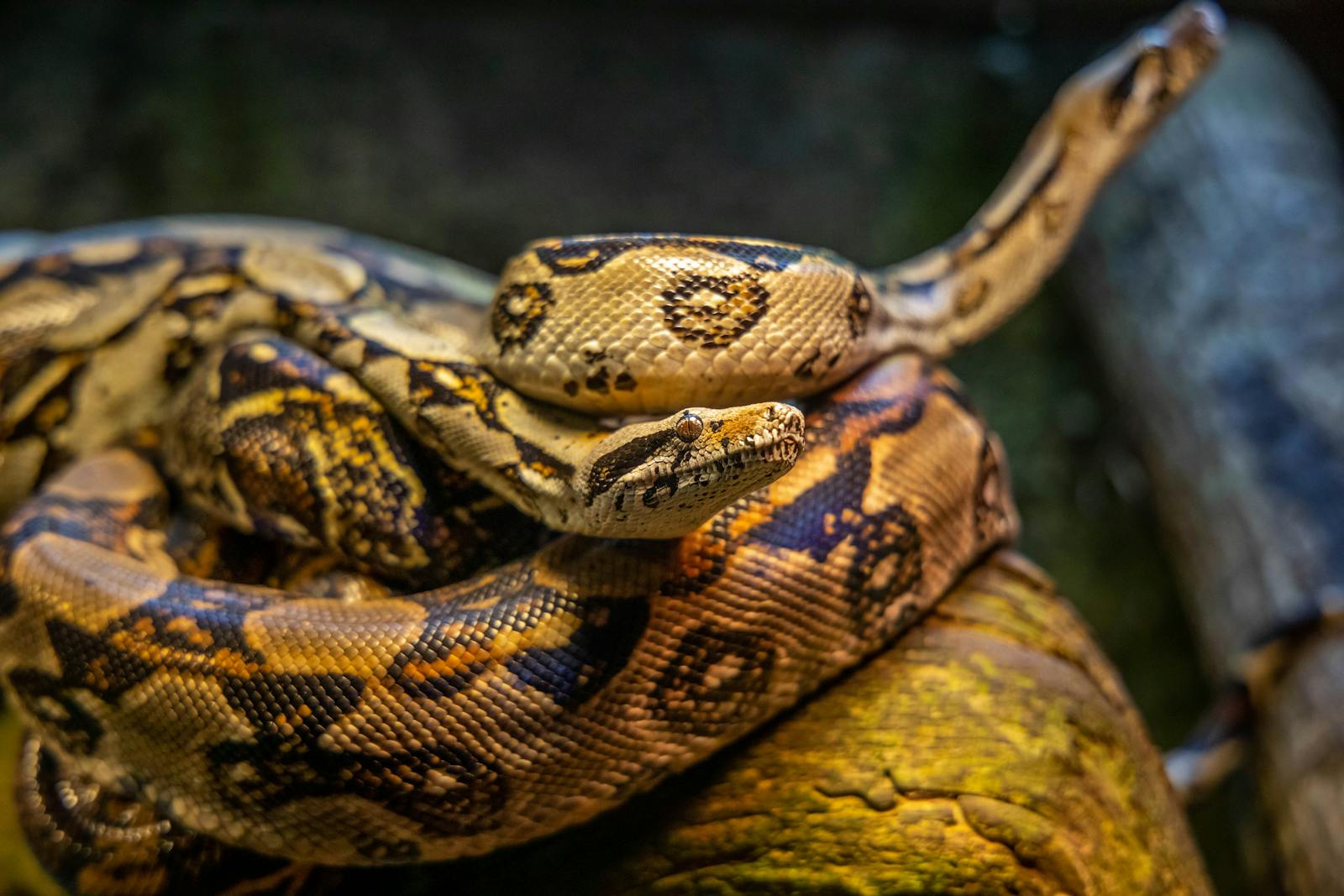
The skin elasticity test provides a quick, non-invasive way to assess your snake’s hydration status at home. To perform this test, gently pinch a small fold of skin in the middle section of your snake’s body, being careful not to apply excessive pressure. In a well-hydrated snake, the skin should immediately return to its normal position when released, similar to how human skin behaves. If the pinched skin remains elevated or takes more than a second or two to flatten out, this “tenting” effect suggests dehydration. The more pronounced and longer-lasting the tent, the more severe the dehydration. This test works best on medium to large snakes; it may be difficult to perform accurately on very small specimens or species with particularly thick scales. While not definitive alone, this simple check provides a useful data point when combined with other observations.
How Shedding Problems Relate to Hydration

Shedding difficulties often serve as one of the most visible indicators of hydration problems in captive snakes. A properly hydrated snake typically sheds its skin in one complete piece, starting from the head and working backward in what keepers often call a “perfect sock.” When dehydration occurs, the shedding process becomes problematic, resulting in patches of retained skin that cling to the body, particularly around the eyes (known as “spectacle retention”) and the tail tip. These incomplete sheds not only look unsightly but can lead to serious complications if not addressed, including constriction injuries, infection, or vision impairment. Multiple consecutive problem sheds strongly suggest ongoing hydration issues that require adjustment to the snake’s environment and care routine. Addressing the underlying hydration problem through increased humidity and access to water typically resolves shedding difficulties within one to two shed cycles.
Providing Proper Water Sources for Your Snake
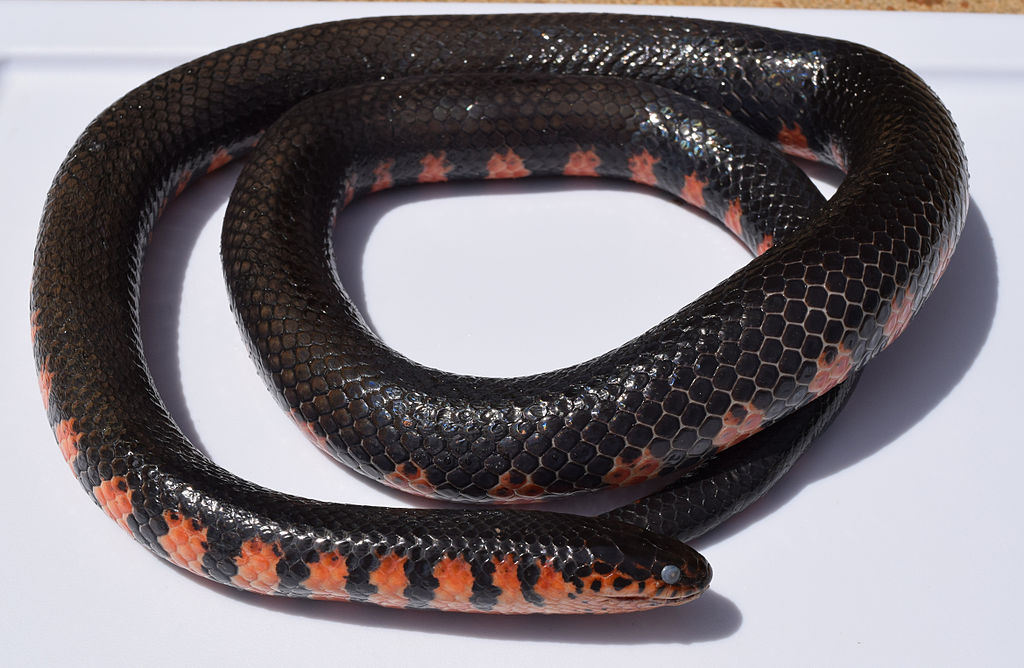
The right water setup is fundamental to maintaining proper hydration in captive snakes. A heavy, stable water bowl large enough for the snake to submerge at least part of its body should be available at all times—many species soak to absorb water through their skin in addition to drinking. Position the bowl on the cooler side of the enclosure to minimize evaporation and prevent excessive humidity in species that don’t require high moisture levels. Ceramic or heavy plastic bowls work best as they resist tipping and bacterial growth compared to porous materials. Clean the bowl thoroughly at least twice weekly, disinfecting monthly with a reptile-safe solution and rinsing completely before returning to the enclosure. For arboreal species like emerald tree boas or certain vine snakes, consider adding a secondary water source higher in the enclosure that mimics their natural tendency to drink from water collected on leaves and branches.
Humidity Management for Optimal Hydration
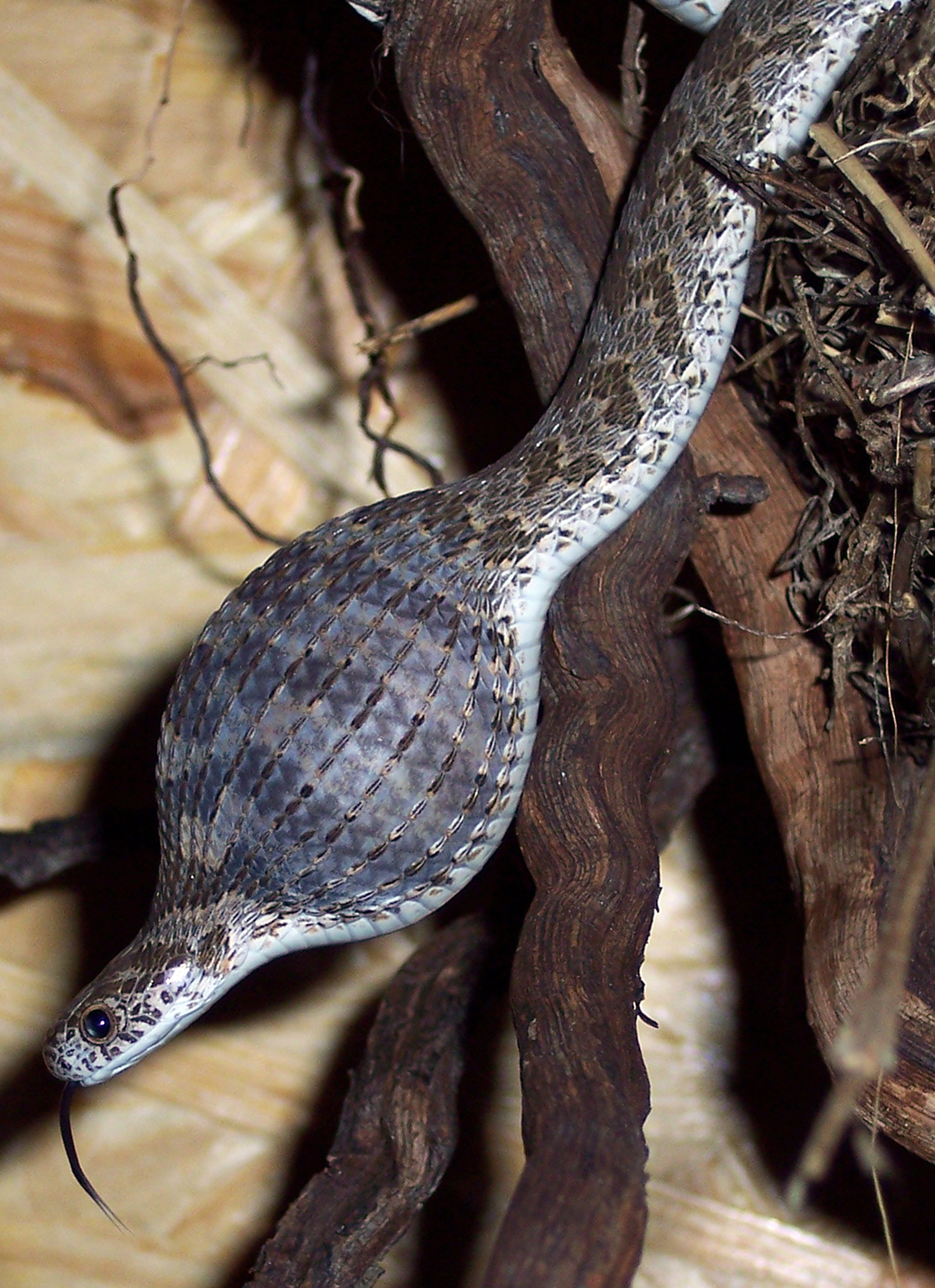
Enclosure humidity plays a vital role in maintaining proper snake hydration, particularly for tropical and subtropical species. Measure humidity levels using a reliable hygrometer placed at mid-level in the enclosure, aiming for the specific range appropriate for your snake species—generally 50-70% for most common pet snakes, higher for tropical species, and lower for desert dwellers. Create appropriate humidity by using substrate that holds moisture without becoming soggy, such as cypress mulch, coconut coir, or specialized reptile bedding. A properly sized water bowl contributes to ambient humidity through natural evaporation. For species requiring higher humidity, consider controlled misting systems, larger water features, or partially covering screen tops to retain moisture. Always ensure adequate ventilation exists even in high-humidity setups to prevent the growth of harmful mold and bacteria that could cause respiratory infections or scale rot in your snake.
Rehydration Techniques for Mildly Dehydrated Snakes
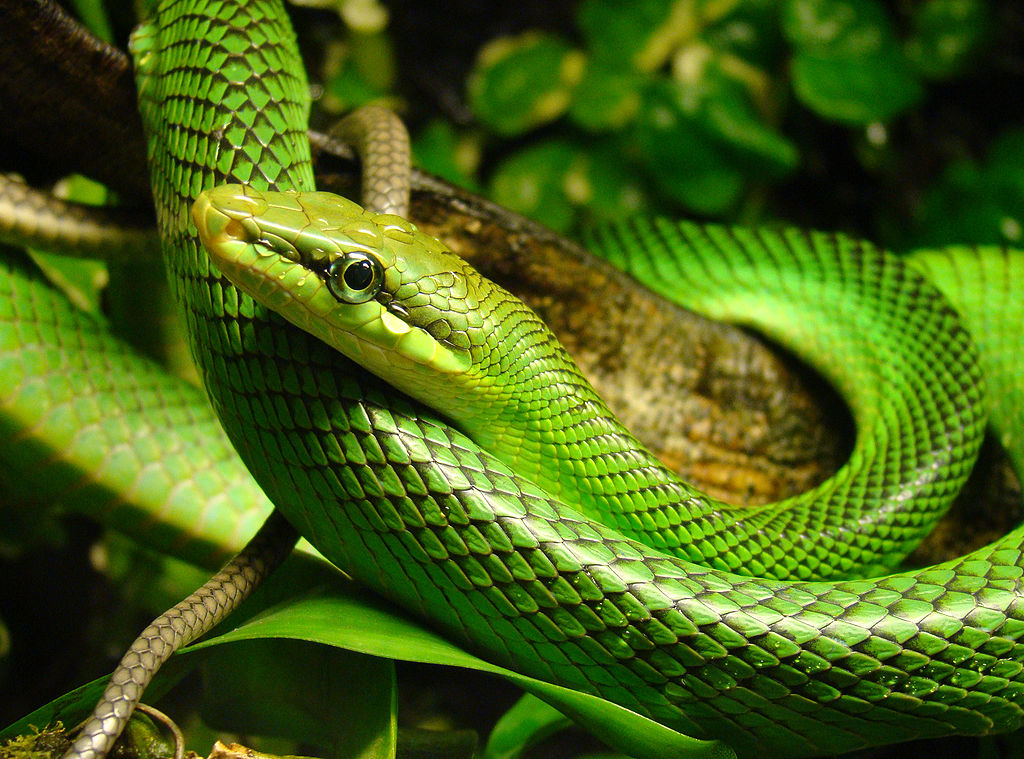
When you notice early signs of dehydration in your snake, several home techniques can help restore proper hydration before the condition becomes severe. The simplest approach involves providing a shallow, lukewarm water bath in a secure container with water level reaching approximately one-third of the snake’s body height—deep enough to soak in but not so deep that swimming becomes necessary. Allow the snake to soak for 15-30 minutes under supervision, ensuring the water temperature remains between 85-90°F (29-32°C). Increasing enclosure humidity temporarily can also help, especially during shedding periods—create a humidity box using a plastic container with an entrance hole, filled with damp (not wet) sphagnum moss or paper towels. For resistant drinkers, try gently dripping room-temperature water onto the snake’s snout using a pipette or dropper, which often triggers a drinking response. Implement these techniques daily until normal hydration signs return, typically within 3-5 days for mild cases.
When to Seek Veterinary Care for Dehydration
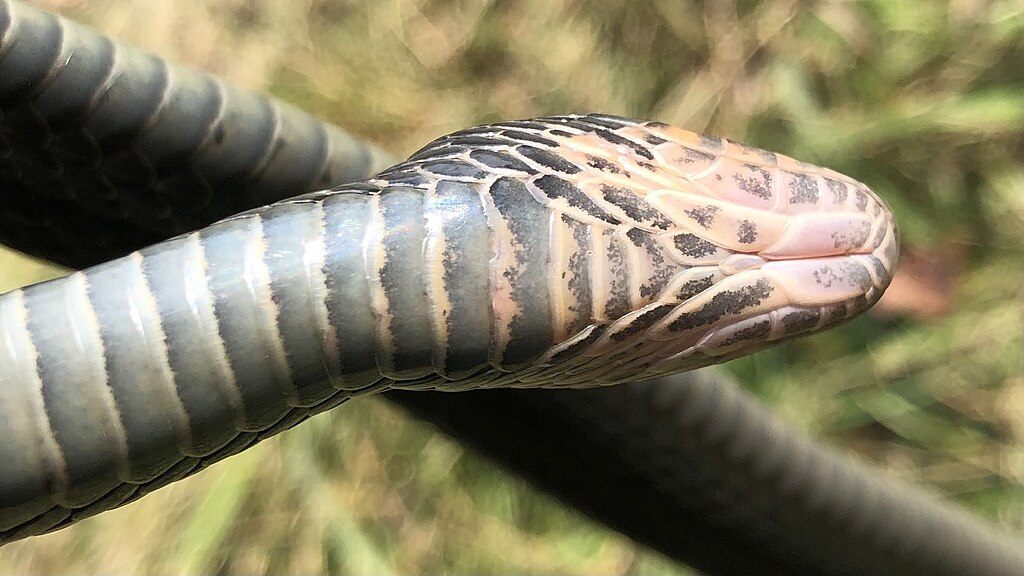
While mild dehydration can often be addressed at home, more severe cases require professional veterinary attention. Seek immediate veterinary care if your snake shows no improvement after 48 hours of home rehydration techniques, especially if symptoms are worsening rather than stabilizing. Advanced symptoms requiring urgent care include severely sunken eyes, skin that remains tented for more than a few seconds when pinched, extreme lethargy or unresponsiveness, or any signs of neurological issues such as difficulty righting itself or unusual head positioning. Additionally, if dehydration accompanies other symptoms like weight loss, abnormal droppings, respiratory distress, or mouth gaping, a veterinary examination becomes crucial. A reptile-specialized veterinarian can provide interventions unavailable in home settings, including subcutaneous or intracoelemic fluid administration, which may be life-saving in severe cases.
Seasonal and Environmental Factors Affecting Hydration
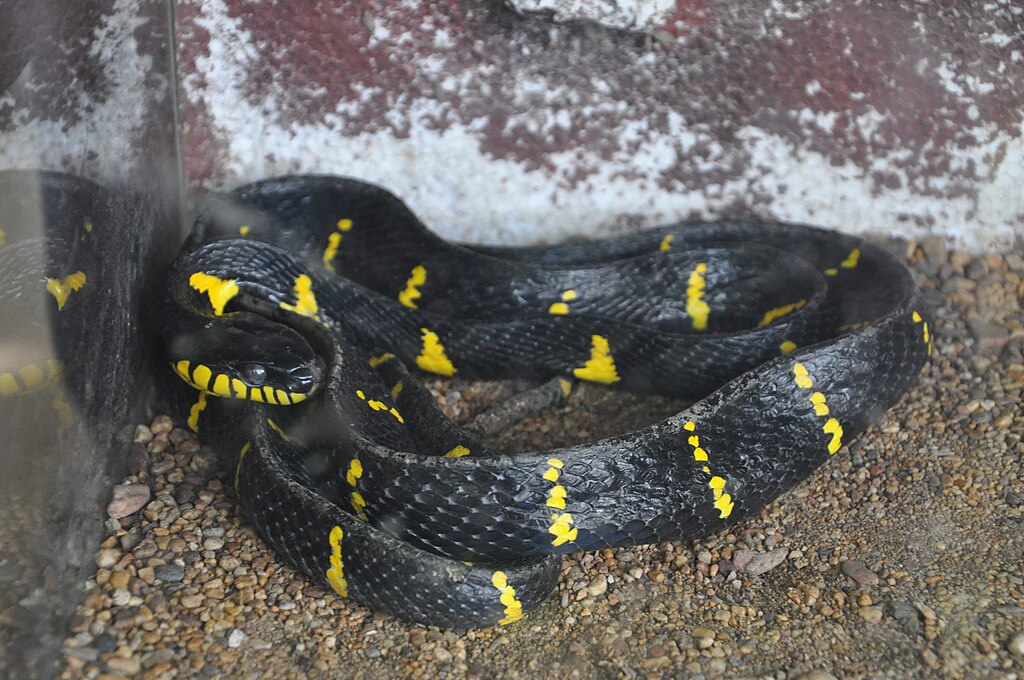
Various environmental factors can dramatically impact your snake’s hydration status throughout the year. During winter months, indoor heating systems often reduce ambient humidity significantly, potentially creating dehydration risks even for desert species. Summer conditions may require adjustments as well—higher temperatures increase evaporation rates from water bowls and the snake’s body, necessitating more vigilant hydration monitoring. Geographic location matters too; naturally arid climates like the American Southwest or artificially dry environments in air-conditioned spaces present ongoing hydration challenges compared to naturally humid areas. Environmental stability is crucial; rapid humidity fluctuations stress reptiles more than consistent conditions, even if somewhat below ideal levels. For snakes kept in particularly challenging environments, consider room humidifiers, specialized enclosure designs with multiple microhabitats, or automated misting systems to maintain appropriate moisture levels regardless of seasonal variations.
Creating a Hydration Monitoring Schedule
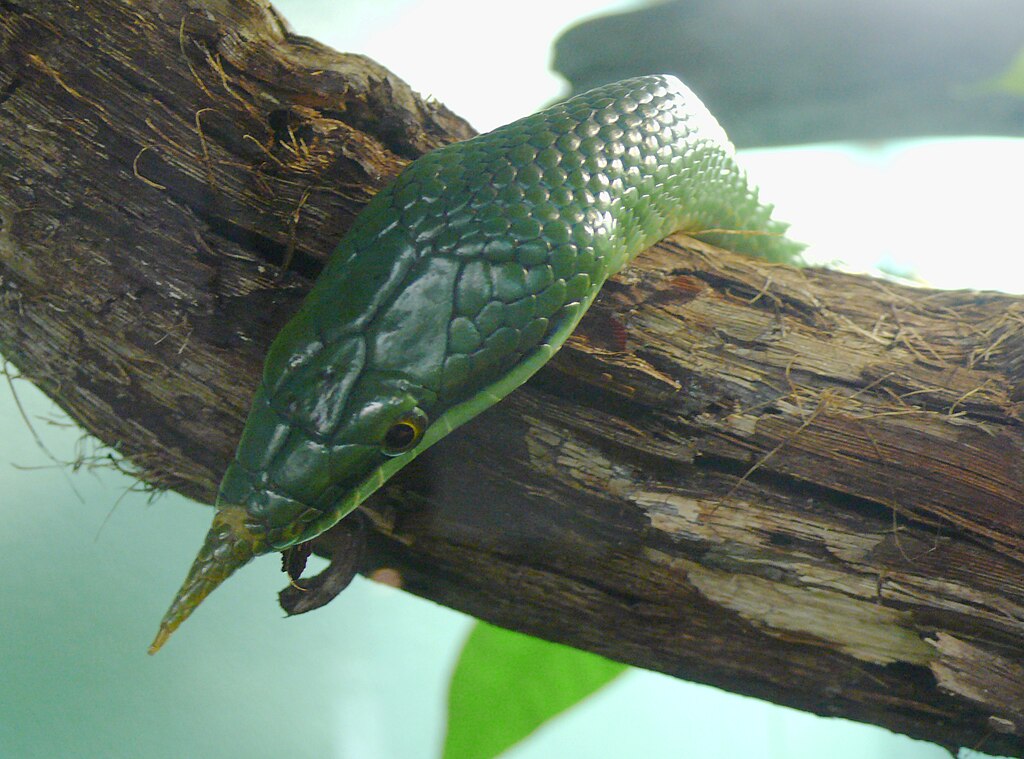
Establishing a regular schedule for assessing your snake’s hydration status helps prevent problems before they develop into serious health concerns. Implement a weekly visual examination routine where you specifically look for the hydration indicators discussed earlier—skin elasticity, eye appearance, body shape, and overall behavior. Keep a dedicated logbook recording water bowl cleaning and refilling dates, along with any soaking sessions observed. Document humidity readings at different times of day to identify patterns or problematic fluctuations that might otherwise go unnoticed. Pay particular attention to hydration monitoring during vulnerable periods such as pre-shedding phases, breeding seasons, or following illness when dehydration risks increase. This systematic approach to hydration monitoring creates a valuable data history that helps identify subtle changes in your snake’s condition before they develop into clinical dehydration.
Maintaining proper hydration in captive snakes requires understanding your specific species’ needs, careful observation, and appropriate preventative measures. By learning to recognize both the subtle and obvious signs of dehydration, you position yourself to provide prompt intervention when necessary. Remember that hydration interacts with virtually every aspect of snake health—from digestion and shedding to immune function and stress levels. With consistent monitoring and proper environmental management, you can ensure your serpentine companion remains healthily hydrated throughout its life, potentially preventing many common health issues that plague captive reptiles. When in doubt about your snake’s hydration status, consultation with an experienced reptile veterinarian provides the safest path forward, particularly for new keepers or those with especially sensitive species.

